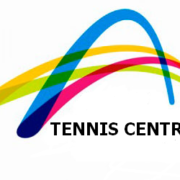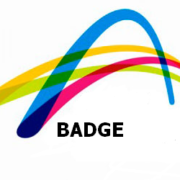MTC Whisperer-Cross Dominance
Helping you to play better with the skills that you already have is the primary goal of our Tennis Whisperer program. In this missive, we focus on overcoming your natural dominance, and in particular your feet.
We’re hard-wired neurologically from birth to being right- or left-handed. We prefer using one dominant hand, and for most of us, one eye. And when we first learned tennis, our coach inadvertently focused on our dominance.
What isn’t well-known, however, is that you can be right-handed but have a dominant left foot or left eye — “cross-dominance.”
Forehands are preferred if you’re right-handed and left-eyed (or vice versa) because you can stroke the ball comfortably in the sight of the dominant eye. Backhands are a challenge though. Right-handed, left-eyed players, for example, sometimes lose the correct backhand stance, because they have to turn to keep sight of the ball. The ‘fix’ so to speak is to open up your stance to take away your eye dominance.
While strength training can build muscle on your nondominant side to improve your balance, strength training will not address the eye, hand and foot coordination required to consistently hit a tennis ball well.
But what about return of serve which requires you to move to the ball from a standing start while maintaining your balance? Foot cross dominance is now key, effecting your stance, stroke and footwork.
In our short video below, we show you how to build the neural pathways to ‘balance out’ your foot dominance. Notice how our model, Pamela, uses a basic crossover step to trap the ball on either side. Note, a partner is probably preferred but you can use a wall if you want to practice alone.
Remember to start slow, and be patient with yourself. It takes time to repave the neural pathways, particularly if you’ve played for many years.
The good news: you can teach an older dog new tricks. And remember, have fun while you’re learning your new tricks.
The Tennis Whisperer






